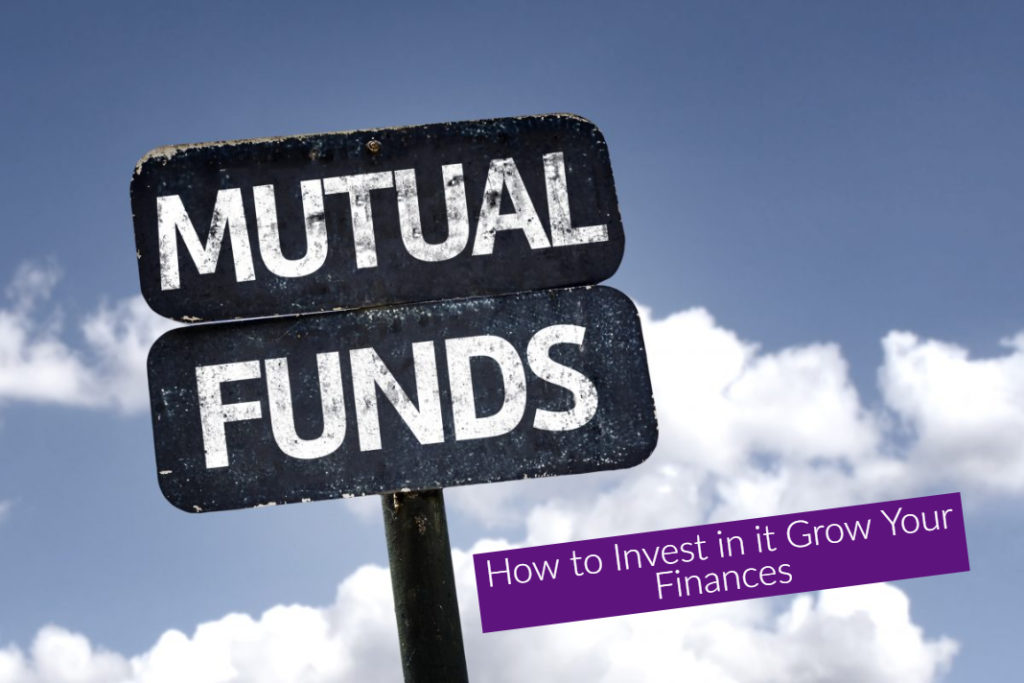
Mutual funds have become one of the biggest and strongest vehicles to reach financial goals. If you are starting out investing in mutual funds, you should know how to research and choose the best funds, build a solid and trustworthy portfolio, and understand investment options and other taxation obligations. Here is a short guide made for beginners on how to invest in mutual funds.
Understanding What Low-Risk Mutual Funds Are
A mutual fund is a collection of money invested by individuals, companies and other organizations. The money is handled by fixed-income fund managers or long-term growth fund managers. There are different types of mutual funds, such as close-ended funds and open-ended funds. Open-ended funds are further divided into load and no-load funds.
Most mutual funds are open-ended, which does not have a set number of shares. Close-ended mutual funds have set a number of shares issued to the public through a public offering. They are traded normally at a discount to net asset value, unlike open-ended mutual funds that always reflect the net asset value of the funds.
Between no-load and load funds, no-load funds tend to generate higher returns for investors because of lower ownership expenses.
Selecting The Fund
Some invest in blue-chip companies, while others invest in specific industry or start-up business. Whatever your choices are, the strategy will vary based on it. It is very important to find a mutual fund that fits your criteria and style. You must understand your investment. For instance, if you are planning to invest in the agro-based fund, you should have information about it. If you have no knowledge about a sector, then there is no point investing in it.
How To Start The Process
Just like stock shares, you should have a brokerage account to purchase mutual fund shares. If you don’t have an account, you need to fill up a KYC application form, along with necessary ID and address proof and submit it to the registrar or mutual fund house. Most mutual funds’ websites have e-application processing where you can fill up eKYC and submit accordingly.
Most funds require a minimum investment, ranging from $1000 to $5000 range. This depends upon the type of account you have. For instance, this can be completely waived off or lowered substantially if you hold a retirement account, traditional IRAs or if the investor agrees for automatic, recurring deduction from the saving or checking account.
Basic Types Of Mutual Funds
Mutual funds are categorized as per the asset class, such as stocks, bonds, and cash. They are further organized by style, strategy, and objectives. If you want to choose the best funds for asset allocation and diversification, you should know how funds are exactly categorized. For example, stock and bonds are primary asset types. They have more than a dozen sub-categories that promote investment styles of the fund. Apart from these two, there are money market mutual funds.
How To Buy Shares
You can buy most of your funds through your brokerage account at a stockbroker. All you will have to do is go to the broker’s website, or call them on your phone, or simply walk into their office, tell the ticker symbol of the mutual fund you want to buy and the amount you want to invest.
Ticker symbols are easy-to-relate short codes assigned to each mutual fund investment by the stock exchange. Stock mutual funds have their own ticker symbols assigned. For example, KO is the ticker symbol of Coca-Cola shares.
The broker will charge you a commission to buy shares of the mutual fund. They will assess a flat fee, which will be deducted from the principal amount or paid separately or the broker will apply a commission rate, as they do for stocks, provided the mutual fund is structured as an ETF (Exchange Trade Fund), which is often the case.
In the case of load mutual funds, the commission rate can shoot up to 5.75 percent per annum, excluding additional expenses.
Knowing Your Risk Tolerance
You have to know your risk tolerance – a way to measure fluctuations and volatility of the funds. You have to know what kind of risks is lurking around your investment portfolio and the ones you are willing to subject to. If you are getting started with mutual funds, we suggest that you go for either ‘balanced’ or ‘hybrid’ funds. High-risk investments are not for beginners. It is also not for those investors whose risk tolerance is relatively low (for instance, if you are a person who gets super worked up when your account value drops by 10% in a one-year period).
An aggressive approach should be your way of investment if you are okay to deal with risks, if you are an experienced player, or if you are fortunate enough to have a good bank balance.
How To Allocate Assets
Once you know your risk tolerance level, you have to consider how you are going to pursue asset allocation. Your portfolio will comprise of a mix of investment assets, such as bonds, stocks, and cash. You should properly mix these assets and allocate them to eliminate risks.
There are three levels of risk tolerance: aggressive (high-risk tolerance), moderate (medium risk tolerance), and conservative (zero risk tolerance). You have to balance the three and produce a perfect mix of asset investment funds.
Choosing A Mutual Fund Scheme
No-load funds are the best choice for beginners in mutual funds. Choose a scheme keeping the following factors in mind: your goals, age, risk tolerance, time horizon, asset allocation, and location. There are thousands of mutual funds to choose from; making potential mistakes is inevitable. Use a fund screener or performance comparison to a benchmark to determine which one best meets your objectives. Some of the qualities you should look for in Mutual Funds are fund fees, expenses or expense ratio, and manage tenure.
Always go for a diverse selection of funds as mentioned earlier to mitigate any forthcoming risk. Use a good online research tool to do some effective research on mutual funds. Review an existing fund, compare, and screen different ones until you are tremendously sure and satisfied.
There are a few good mutual fund research sites that can help you streamline your investment plans and clarify your doubts.
Although past performance of a mutual fund does not guarantee future performance, there is a way to use the performance analysis to look for things to avoid and things to take in. Past performance analysis will definitely help you make an informed and collective decision.
Build Your Mutual Fund Portfolio
You have to use different strategies, plan of action, design, tools, materials, and budget to build a mutual fund portfolio. It would seem like building a house – although vastly different, but each building structure shares the basic features.
One of the common mantras of mutual fund investment is, “Don’t put all the eggs in the same basket”. You should create two or more portfolios and scatter your investment to play safe and sound.
A smart design and simple combination of assets will work best for beginners.
Understanding Mutual Fund Taxation
Mid-way through, you may get questions like ‘how to reduce taxes on mutual funds’ or ‘which types of funds are best for taxation’. There are so many things you need to know and learn about mutual fund taxation. For instance, you may not know what is 1099 and why did you receive it. It is important that you understand Mutual fund taxation in order to be a smart investor and improve your overall returns.
Taxes can be minimized or can be avoided altogether in mutual fund investing. First, you have to hire a taxation expert and learn the basics of mutual fund taxation practice. Once you get a clear idea about what is what and what goes where, you will be able to eventually increase your investment portfolio returns.
Tips For New Mutual Fund Investors
- Start another SIP Account or Increase your SIP amount. If you are receiving a little extra money every month or you got a recent hike in salary, you should think of increasing your SIP amount without going through a cumbersome process. Simply open another SIP in the same mutual fund.
- Don’t invest in equity mutual fund if your horizon is short. Take your eyes off the market first, and ask yourself why are you investing in the first place? If your answer is a long-term financial achievement, then you should consider equity funds because although profitable, you will be able to stomach its volatility in the market.
- Don’t choose a scheme based on one-year performance. Getting out of recently bought schemes involve heavy costs, such as exit loads. So, talk to an expert if you are focusing on short-term returns.
- Redeem partially as per your need. For instance, if you need an emergency one lac, but your total mutual fund investment is worth 5 lac, you can withdraw the 1 lac and leave the rest to grow.
- Try STP or Systematic Transfer of Funds if you have a large amount sitting in your bank and you wish to make a one-time investment. SIP lowers risks for sure but with STP, you will be investing your money in a low-risk debt mutual fund that will give you returns higher than what you will enjoy from a savings account and FD. STP is like starting SIP from your debt fund to an equity fund.
- Get a fixed monthly income by investing in a Systematic Withdrawal Plan. This way you will never run out of money, as the mutual fund will redeem mutual funds units and send the money to you while letting your principal amount to grow.
Mutual funds offer hundreds of thousands of advantages. Although you won’t be able to keep a track of all, you will be able to figure the best suitable schemes and techniques over a period of time. Hope our blog helps you set the founding stones for a happy and healthy mutual fund investment. Don’t forget to comment your views below.




